Tokyo Art Scene: The Educational Canvas
Understanding Art’s Lessons in Ecology, Ichthyology and History
Expand your knowledge while viewing art with these three fascinating exhibitions on ecology, Japanese ichthyology and painters from historic Japan.
Combining education and artistry can be a difficult task to accomplish, yet when it’s executed with finesse, it can yield an unforgettable experience.
This month’s Tokyo art scene presents this perfect blend in three unique exhibitions. Whether it be within the fluid world of ecology, through the artistic depictions of zoological findings or by studying a piece of Japan’s transitional history, you’ll walk away from these exhibitions inspired and with newfound knowledge.
Ecology: Dialogue on Circulations, “New Life” by Jae Eun Choi
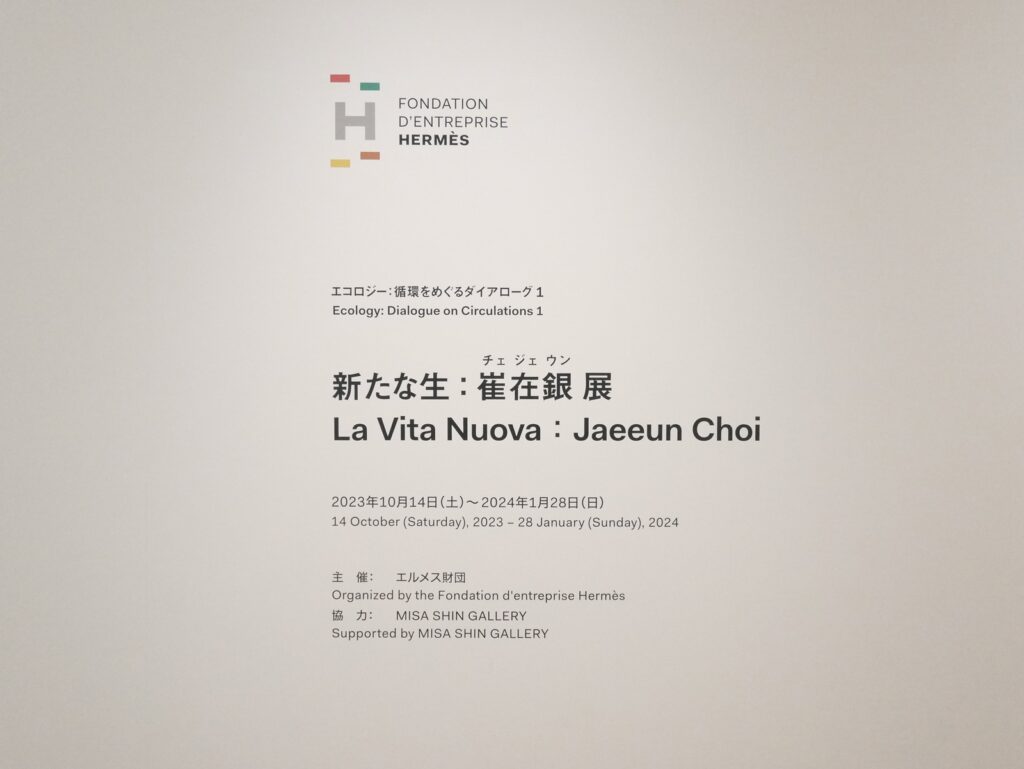 © Photo by Michele Tanabe
© Photo by Michele TanabeAt the center of Ginza, a district known for high-end shopping and luxury, art museums and exhibitions might not be the first thing that comes to mind. However, even in the most unexpected of places, such as the renowned Ginza’s Maison Hermès, a different kind of energy flows.
Hermès is indeed one of the most recognizable luxury brands in the world, and the glittering Ginza glass building that houses this powerhouse label elicits a double-take just from walking by. Nonetheless, it may surprise passersby that on the eighth floor sits The Forum, an art gallery generously supported by the non-profit Hermès Foundation, inviting the public to explore its artistic offerings.
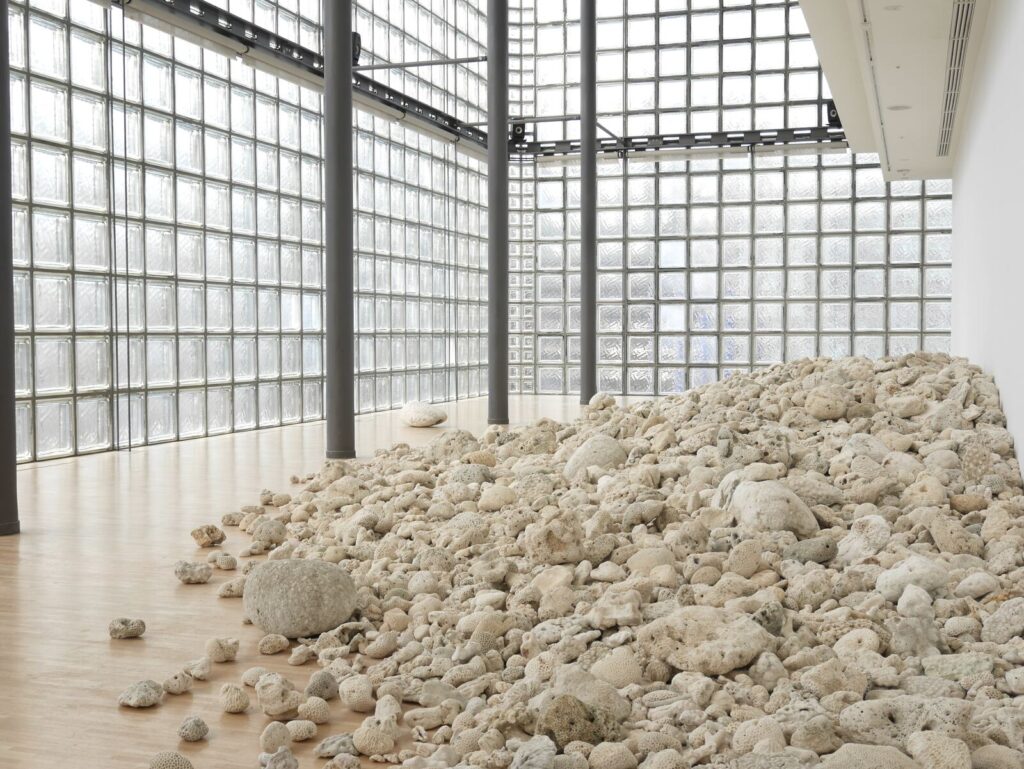 © Photo by Michele Tanabe
© Photo by Michele TanabeThe Forum’s current exhibition is split into three separate dialogues spanning from mid-October to the end of May, in this section we will focus on Dialogue 1: La Vita Nuova or New Life by Jae Eun Choi. Showcased is an immersive retrospective of the visual artist’s celebrated career, highlighting works such as the World Underground Project, A Poet’s Atelier, and the Dreaming of Earth Project.
Of the most striking installations shown is White Death, a display of hundreds of bleached white coral, lost of life, scattered across the length of the exhibition room floor. This piece is an unsettling reminder of the dangers of rising seawater temperatures, subsequently killing the coral. As viewers walk along the scattered bleached remains, shattered bits of mirror placed within the debris reflect solemn faces and light.
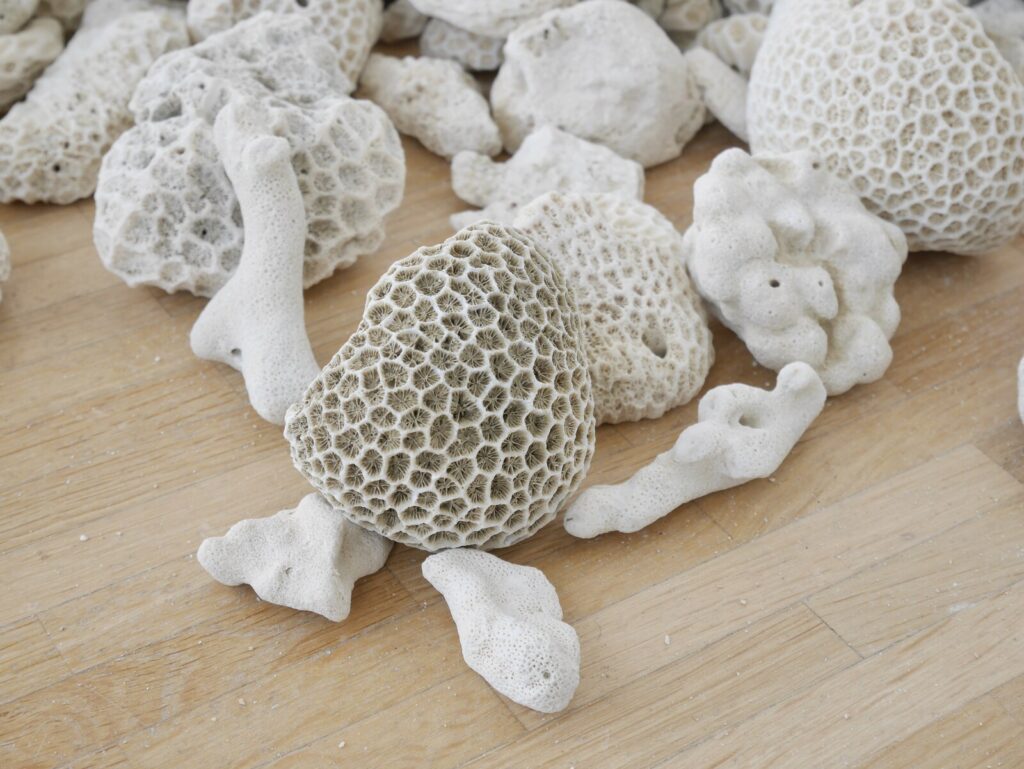 © Photo by Michele Tanabe
© Photo by Michele TanabeChoi’s pieces serve as a powerful vehicle to raise awareness of pressing ecological issues, including climate change and the intricate balance of coexisting within fluctuating ecosystems. As you continue, you might even find yourself transcending into the ever-changing ecosystem depicted by the art itself, if only for a fleeting moment.
- Date
- Now through Sun Jan. 28, 2024
- Time
- From 11 A.M. to 7 P.M. (Closed on Irregular Holidays)
- Location
- Ginza Maison Hermès Forum, 8th and 9th floor, 5-4-1 Ginza, Chuo City, Tokyo - Map
- Fee
- Free Admission
- Info
- From Ginza station take exit B7 for direct access to the elevator leading into the museum
Special Exhibition “Ichthyology,” the University of Tokyo
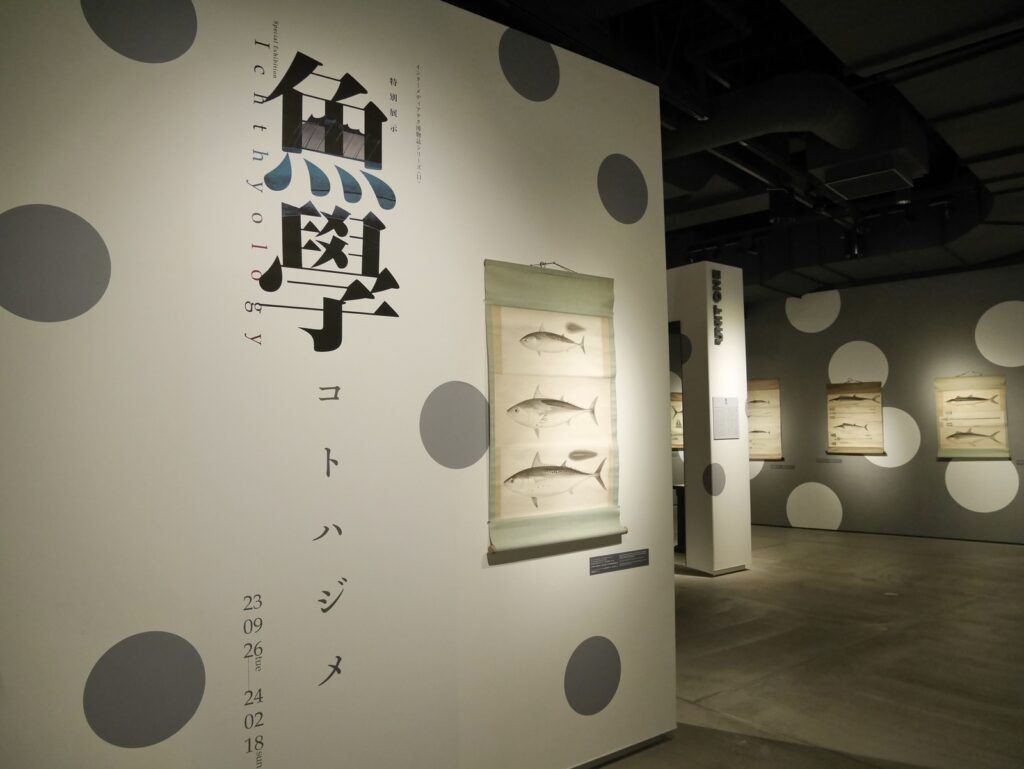 © Photo by Michele Tanabe
© Photo by Michele TanabeIchthyology, the branch of zoology that explores the diverse world of fish, from bony to cartilaginous and jawless species, often remains in the shadow of its more renowned counterparts. However, Intermediatheque’s Special Exhibition “Ichthyology” showcases this lesser-known science in an accessible setting.
This exhibition focuses on the educational drawings utilized at the University of Tokyo during the late 19th and early 20th centuries, with particular emphasis on Kishinouye Kamakichi’s (1867-1929) extensive collection.
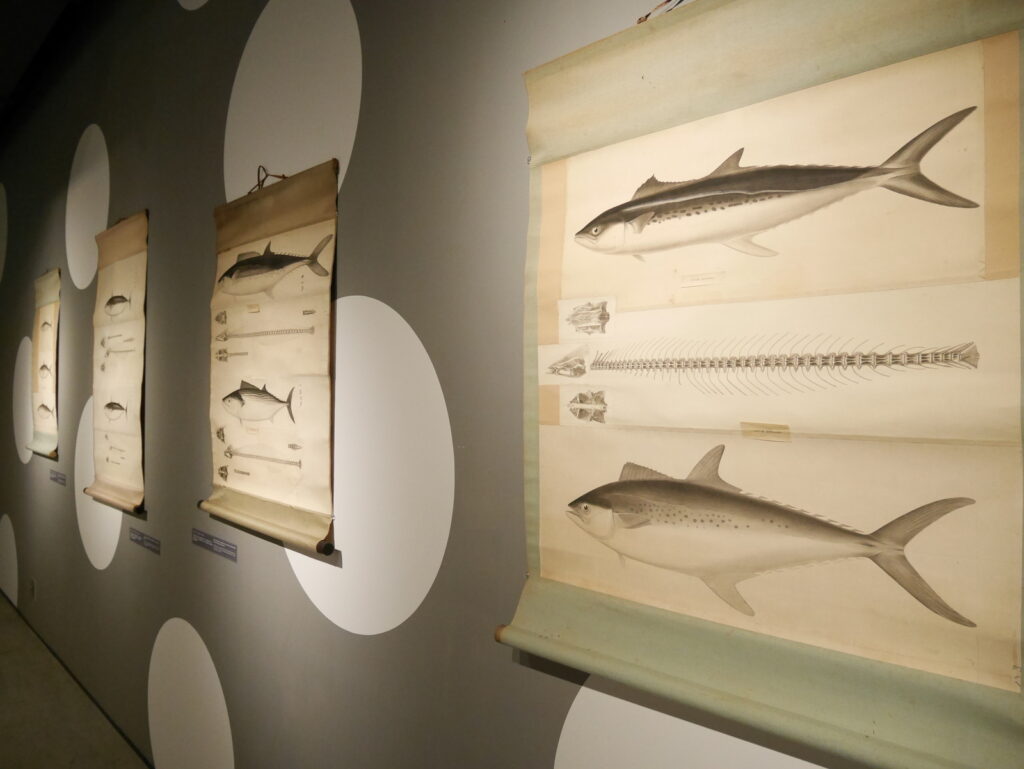 © Photo by Michele Tanabe
© Photo by Michele TanabeAs you venture along the dimly lit halls, you’ll feel as though you’re descending into the mysterious depths of the sea. The walls, decorated with scrolls, feature intricate ink and watercolor illustrations that reveal the aquatic life exposed. Every detail, from the fine intricacies of their outer forms to the minute details of a single spinal column, is on display.
Unique remnants of the artistic journey are also highlighted if you look closely enough. Take, for instance, the figure titled Muscular and circulatory systems of Katsuwonus pelamis. Upon further inspection, you’ll notice brown stains and evidence of the fish being carefully imprinted onto paraffin paper, a once-vital tracing technique. These subtle imperfections act as echoes from the past and provide a glimpse into Kamakichi’s artistic process.
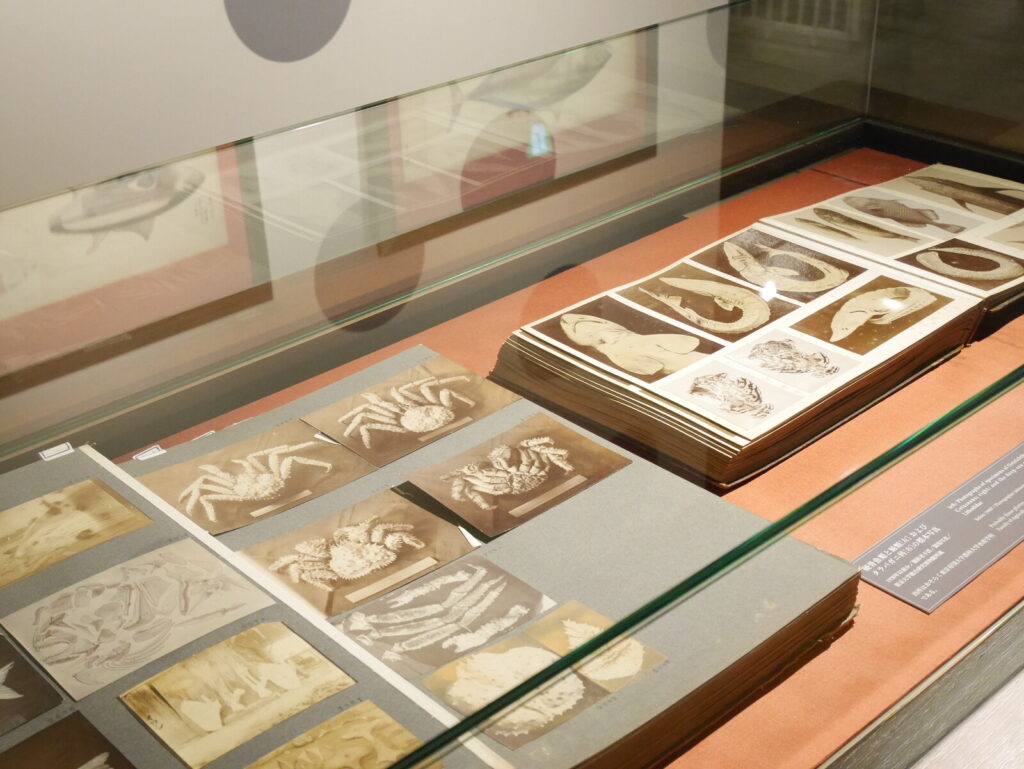 © Photo by Michele Tanabe
© Photo by Michele TanabeWhile the Univesity of Tokyo’s ichthyology exhibition provides a wealth of knowledge, if your schedule permits, take the time to explore the full range of Intermediatheque’s exhibition rooms. Exploring the entirety of this museum is an enriching experience, promising fresh insights and a deep appreciation for the dedicated curators behind this exceptional space.
- Date
- Now through Sun Feb. 18, 2024
- Time
- From 11 A.M. to 6 P.M. closes at 8 P.M. on Fri and Sat, closed on Mon* and the New Year holidays (open on a public holiday Mon but closed the next day)
- Location
- Intermediatheque, JP Tower / Kitte, 2-7-2 Marunouchi, Chuo City, Tokyo - Map
- Fee
- Free Admission
- Info
- Five-minute walk from Tokyo Station from Marunouchi South Exit or a 2-minute walk from Nijubashimae Station, Exit 4
Tumultuous Times ―Painters in the Bakumatsu and Meiji
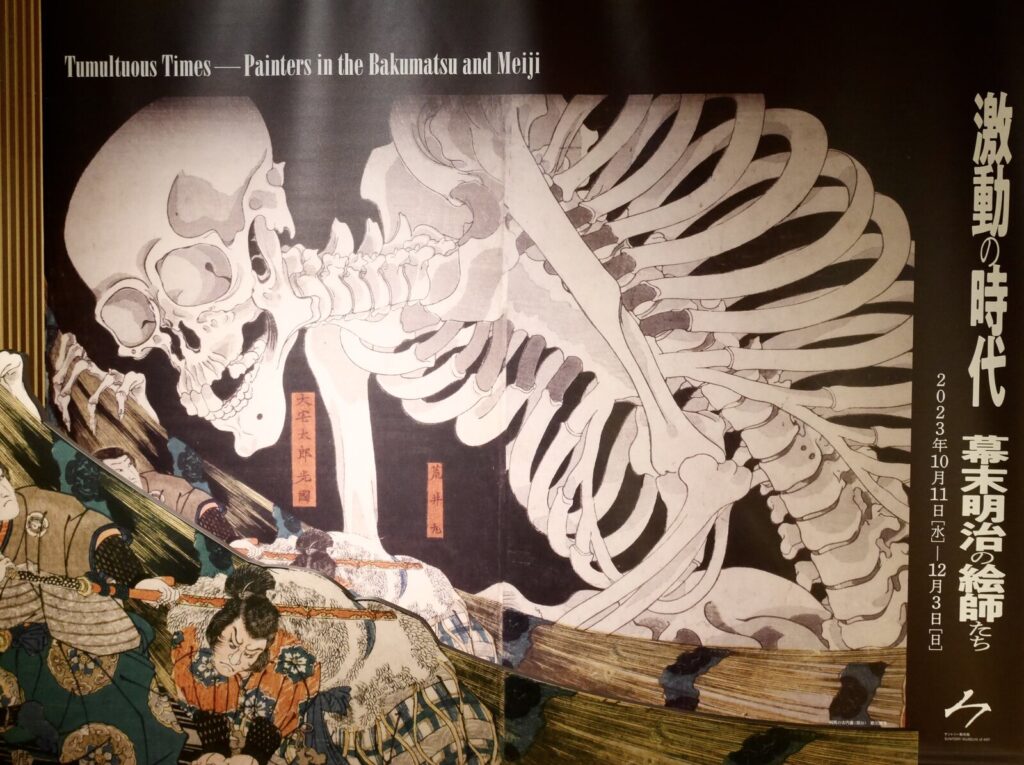 © Photo by Michele Tanabe
© Photo by Michele TanabeWhile most who dabble in Japanese history are well-versed with significant historical periods such as the Nara, Heian, Kamakura, Muromachi and Edo eras, the Bakamatsu period, spanning from 1853 to 1867, stands as a brief yet pivotal chapter in Japan’s history. This era was marked by noteworthy events, including the arrival of Commodore Perry’s black ships, the Great Ansei Earthquake and the eventual end of the Tokugawa shogunate.
The paintings and prints on display, originating from the late Edo or Bakamatsu period to the Meiji period, shed light on the transitional and intersecting styles between pre-modern and modern art. This interplay resulted in the creation of memorable works renowned for their groundbreaking techniques.
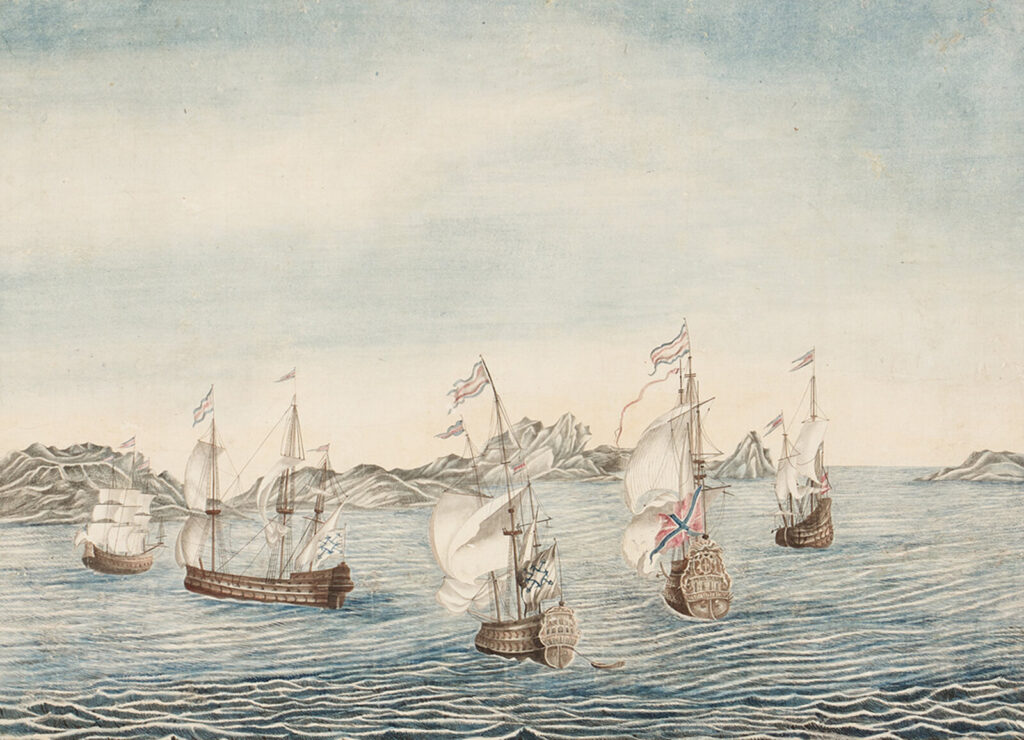 © Photo by Suntory Museum Of Art
© Photo by Suntory Museum Of ArtWhile the early sections of the exhibition focus on the achievements of painters and art circles during the Edo period, a noticeable Western influence subtly becomes visible in painting styles as we progress through the late Edo period. On the third floor, Painters in a Turbulent Age, delivers a provoking impression, showcasing artists such as Tsukioka Yoshitoshi’s famous blood-stained prints or Kikuchi Yosai’s Empress Lu Slays Qi Furen. The brutality depicted in these images is beyond words, making it an experience that demands to be witnessed firsthand.
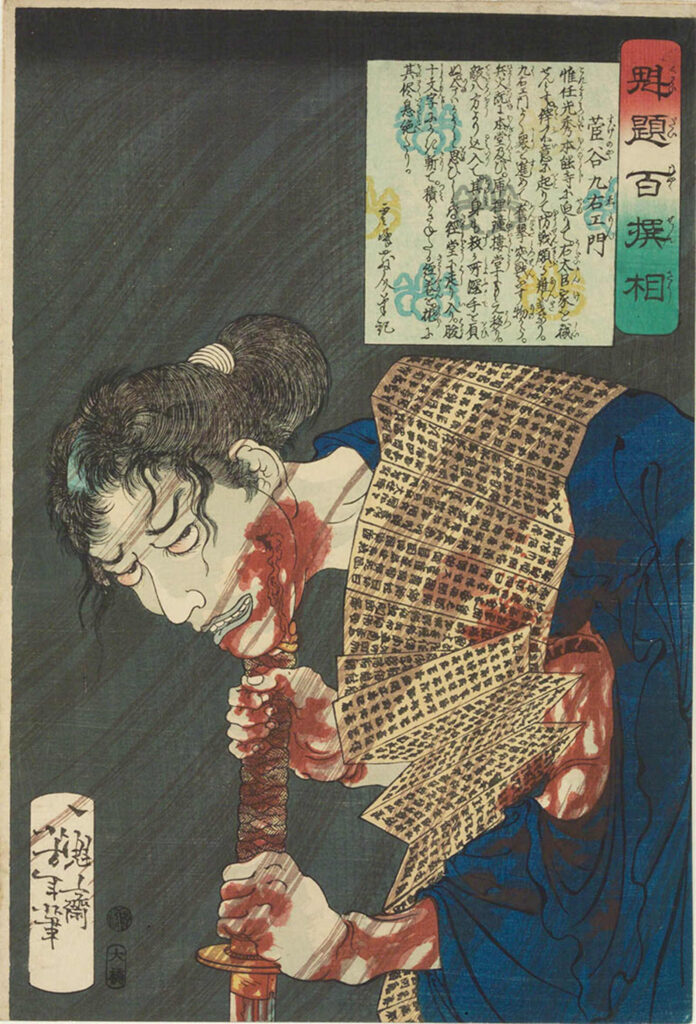 © Photo by Suntory Museum Of Art
© Photo by Suntory Museum Of Art- Date
- Now through Sun Dec. 3, 2023
- Time
- From 10 A.M to 6 P.M. closes at 8 P.M. on Fri and Sat, closed Tues and during the New Year holidays
- Location
- Suntory Museum of Art, 3F Tokyo Midtown Galleria, 9-7-4 Akasaka, Minato City, Tokyo - Map
- Fee
- ¥1,500 (Adults), ¥1,000 (University and High School students), free entry for junior high and elementary students or younger
- Info
- Direct access from Exit 8 at Roppongi Station or a three-minute walk from Exit 3 at Nogizaka Station
With such an array of compelling exhibitions, you may find it more challenging to decide which of these educational displays to visit first, but don’t worry, you’re sure to make a wise choice.
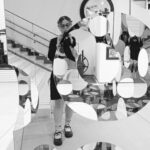











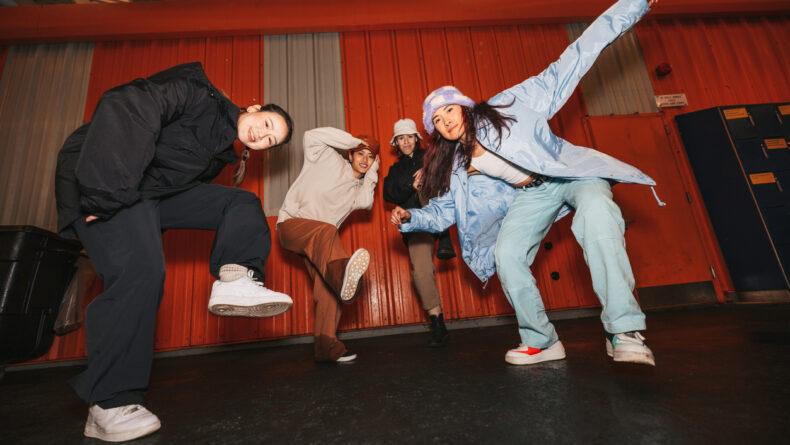
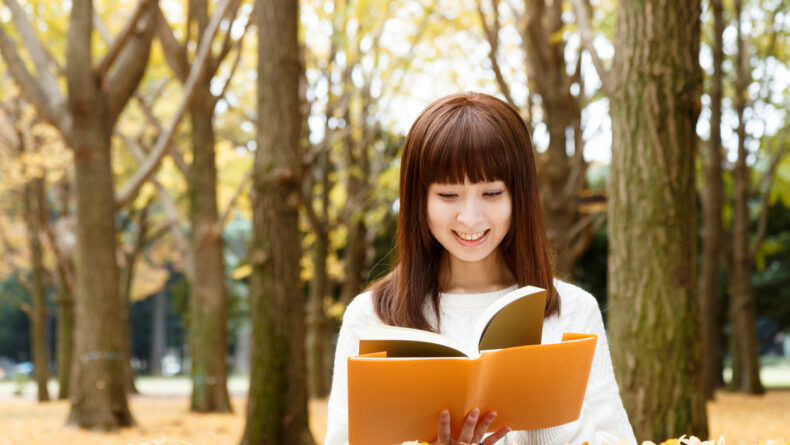
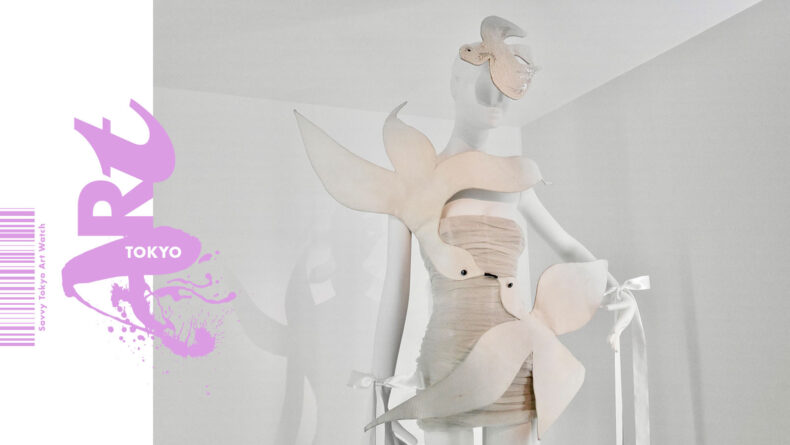
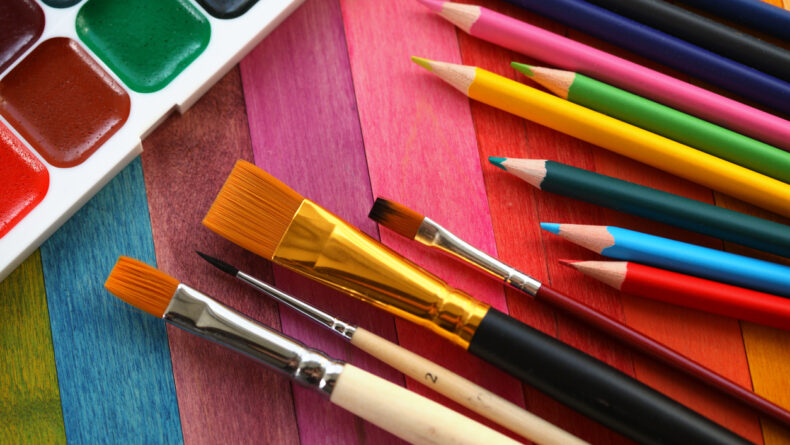
Your article is great and photos are nice.